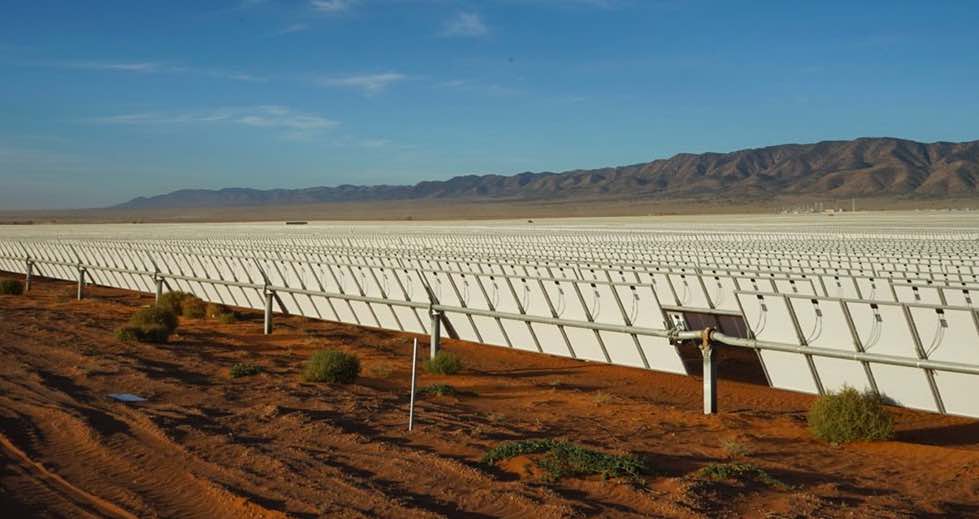claybro wrote: ↑Fri Sep 21, 2018 5:56 pm
Still confused as to what-if any useful power these large scale storage plants offer the grid.
Batteries offer the grid the quickest path to stability during times of "instability".
If a large power generator (this can be coal, gas, wind or solar) trips out suddenly from the grid (one moment power is being pumped into the grid, the next minute it disappears) then "instability" occurs within the grid (frequency control issues).
This is the first thing that needs to be fixed......before batteries the supervising operator at the "offending" power source would email the "backup" power generator ( I believe the way the system works is that there is "buddy" system of power generation, one power source is designated as "backup" at all times) The buddy generator then inserts enough power into the grid to stabilize it. I believe this process usually took 15-30 minutes and the power generators charged outrageous prices for the services ($24,000 per mw/h?)
Once the grid has been stabilized then the issue of the "missing" power is addressed and sourced from the backup generator (or thrown open to the market to supply)
The Tesla battery monitors the the National Electricity Market 24/7 (ie the grid) and can immediately recognize instability issues, acting to "fix" these issues in a mili-second by pumping the correct amount of electricity into the grid, maintaining frequency. The Tesla battery charges far less for these services than the power generators used to so now the Tesla battery is "no 1 problem solver" for these issues. This is what has really excited the power industry and the rest of the world will probably follow this model.
Here is a recent article where the Tesla battery helped avert load shedding in South Australia........about 2/3 thirds way into the article.
https://www.afr.com/news/close-call-in- ... 830-h14rfq
And of course batteries add power to the grid at any time they deem the prices are right.

